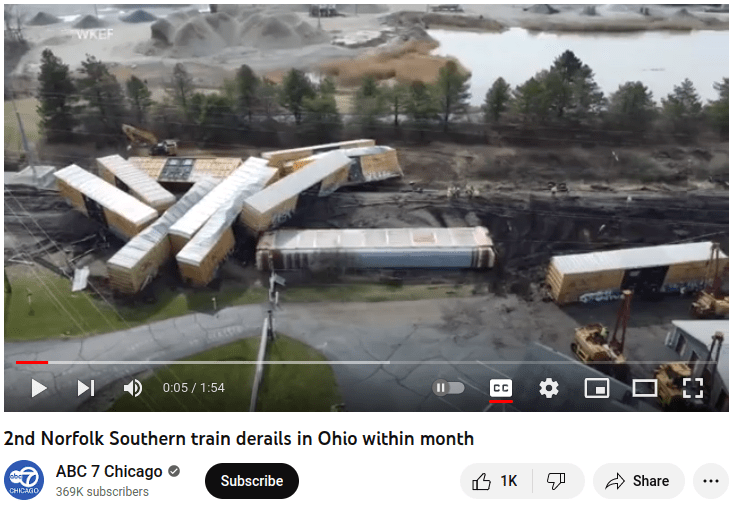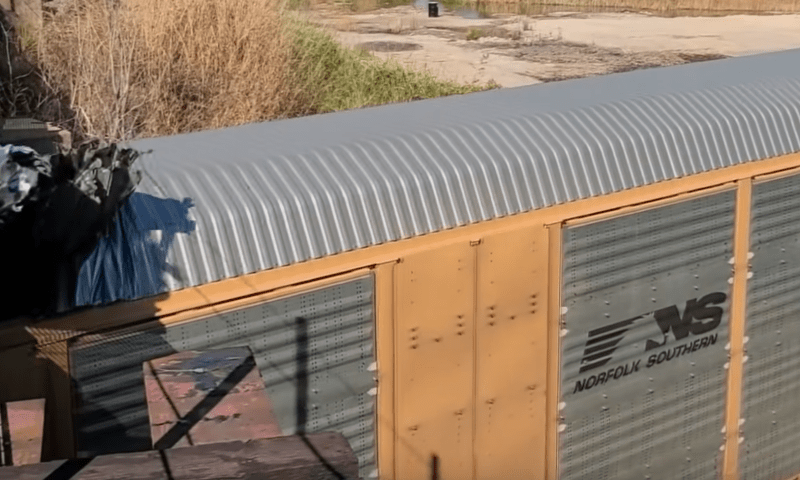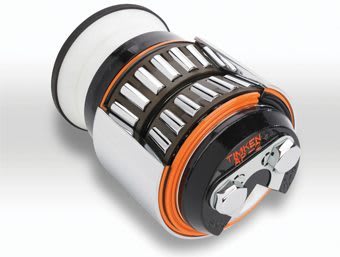In that Tulsa derailment video, the trailing end of the bulkhead flatcar and the leading front of the tank car had already derailed. The wheels of each truck were parallel to the track, but off of it. When the wheels of the derailed trucks hit the raised grade crossing, they and the truck they were in slowed abruptly. The car body of the bulkhead flat continued forward, appearing to shear off the kingpin. The tank car appears to have lifted up enough to have disengaged the kingpin, and slide forward over its truck, which did keep moving across the roadway.
As soon as the train was parted, both halves went into emergency. The rear of the train stopped in about 100 feet. And the car behind the tank car appears to have stayed on the track.
The derailment happened earlier, before the video. What we see is a sorta small problem turn into a much bigger problem.
I would hope and expect the derailed cars would have their trucks replaced with "new" ones. Then, once rerailed, they will be pulled at a very slow speed to a repair shop for inspection and repair. The old trucks might not be damaged, but they certainly should be torn down and inspected. And since they're now apart, new bearings would be a very good idea anyway.
spsalso



